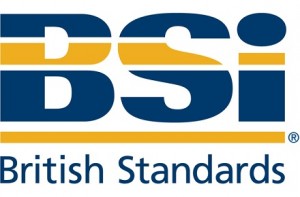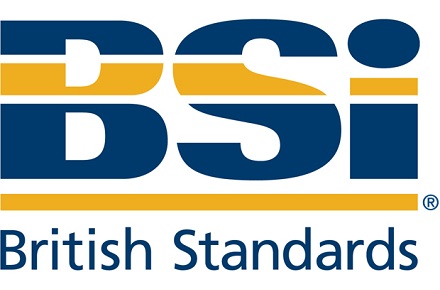BS EN ISO 13857:2008
Safety of machinery. Safety distances to prevent hazard zones being reached by upper and lower limbs
Buy Now
 What is BS EN ISO 13857:2008?
What is BS EN ISO 13857:2008?
One way to reduce or avoid risks caused by machinery in a working environment, is to implement protective barriers or zones of reach. By putting these safety measures in place, workers will be out of reach of hazard zones, safeguarding their arms and legs. BS EN ISO 13857:2008 focuses on equipment safety and occupational safety by specifying safety distances to protect the upper and lower limbs of workers. These best practice recommendations include body dimensions, length, machine guards and barriers or holes.
How does it work?
To specify these safety distances, BS EN ISO 13857 takes a number of elements into consideration. The standard looks at various reaching situations when the machinery is used. It also shares reliable surveys of anthropometric data based on the population groups most likely to be found in the relevant countries. Other topics include biomechanical factors, such as compression and joint rotation limits; technical and practical aspects; and additional measures for persons who might deviate from the specified body dimensions.
What is new?
This document replaces EN 294:1992 and EN 811:1996.
Who should buy it?
- Organizations working with high risk machines
- Manufacturers of high risk machines
- Suppliers of the components for high risk machines
- Trainers or workshop leaders
- Health and safety professionals
- Inspectors
- Risk assessors
.





